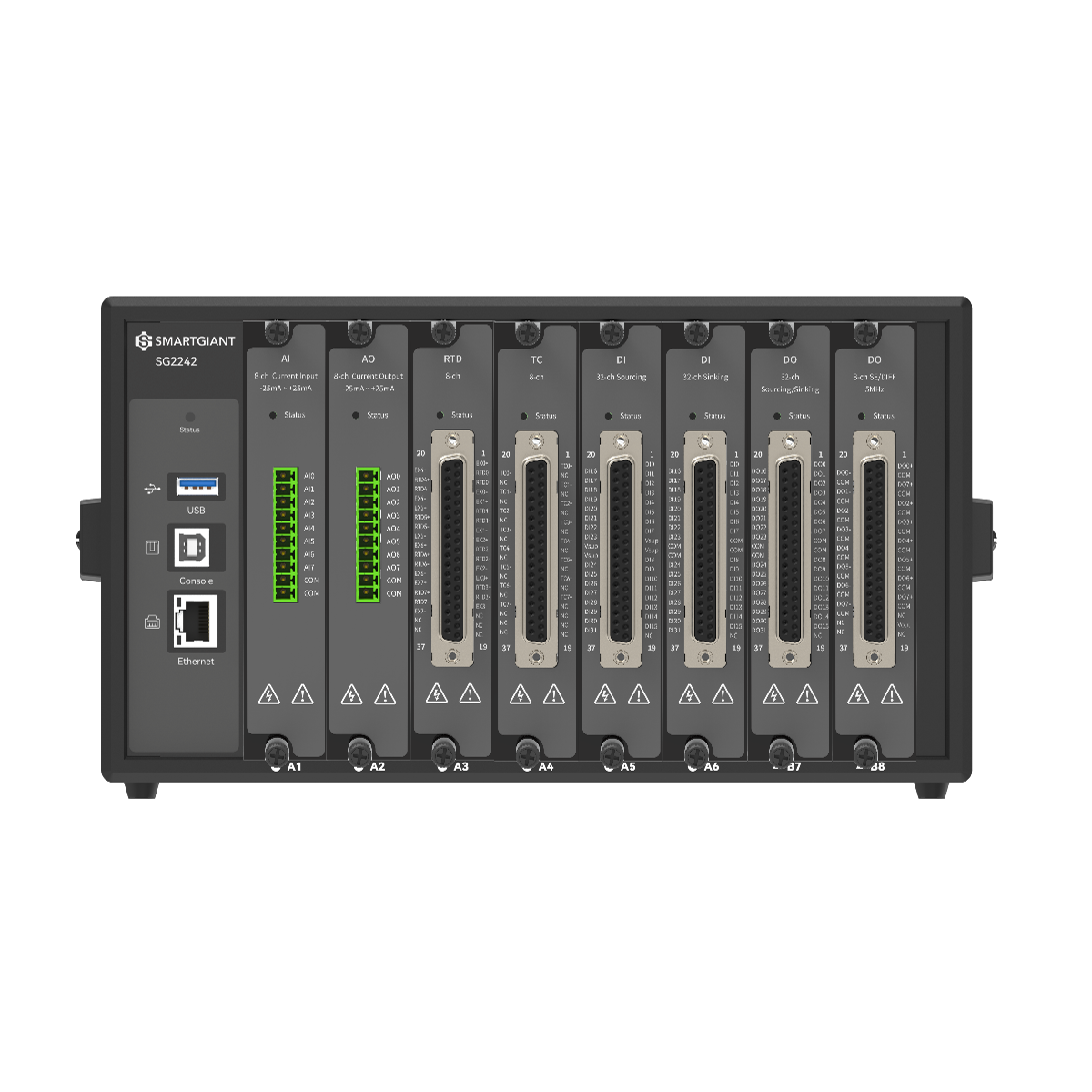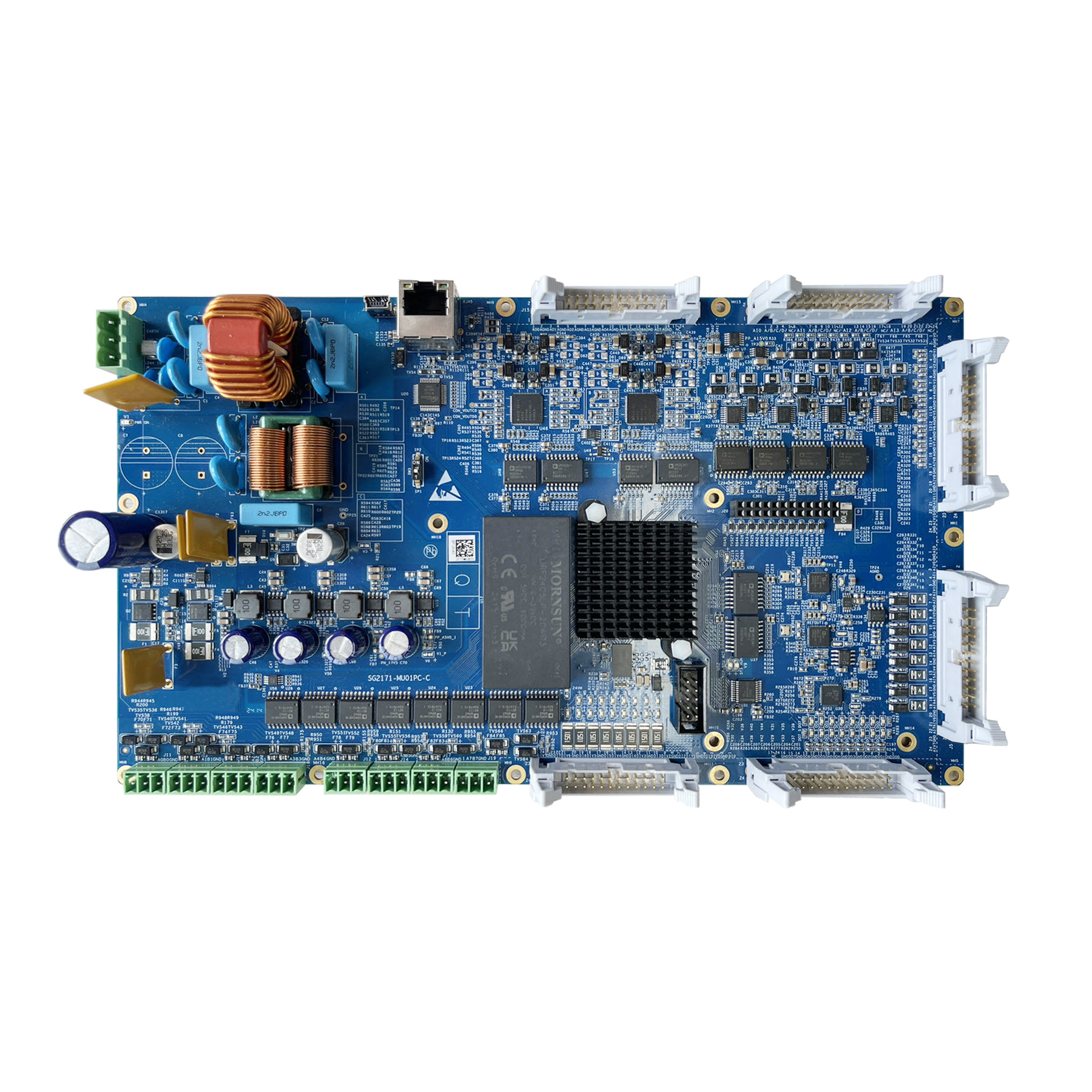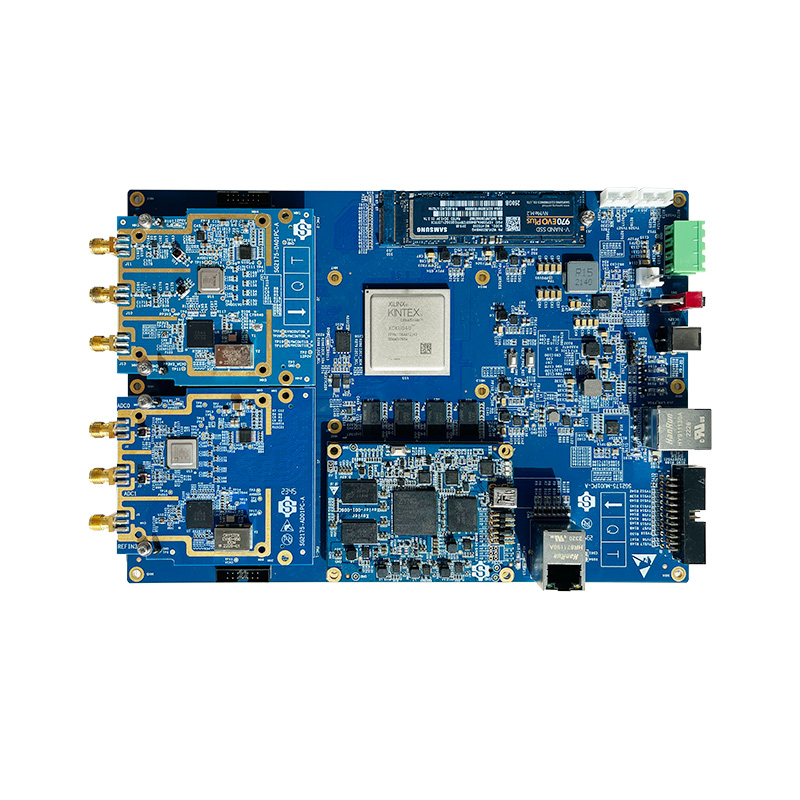
MIPI: The Digital Bridge for Smart Devices & Smartgiant’s Testing Innovations
1. Unlocking the Power of MIPI Technology
MIPI (Mobile Industry Processor Interface) is a standardized protocol stack that has revolutionized communication between components in smart devices, from mobile phones to automotive electronics. Developed by industry leaders like ARM and Nokia, MIPI addresses the challenges of high-speed data transmission while ensuring low power consumption and high reliability. Its core values include:
- Standardized Protocol Stack: Spanning six layers from the physical layer to the application layer, MIPI supports protocols like A-PHY, C-PHY, and D-PHY for high-speed transmission, CSI-2 for camera interfaces, and DSI-2 for display interfaces.
- Low-Power Design: Optimized for mobile devices, MIPI’s C-PHY maintains low power consumption during high-speed transmission, making it ideal for smartphones and wearables.
- High Reliability: Compliant with AEC-Q100 automotive-grade certification, supporting a wide temperature range (-40°C to 125°C) and complex electromagnetic environments, ensuring reliability in automotive electronics.
Technical Architecture:
The MIPI protocol stack consists of six hierarchical layers:
- Physical Layer (PHY): Defines high-speed data transmission characteristics (e.g., A-PHY, C-PHY, D-PHY).
- Multimedia Protocols: Manages audioand video transmission (e.g., CSI-2 for cameras, DSI-2 for displays).
- Chip Communication (UniPro): Enables efficient inter-processor communication.
- Device Control (I3C): Manages low-speed peripherals (e.g., sensors, microphones).
- Power Management (SPMI): Optimizes system energy consumption.
- RF Control (RFFE): Standardizes control commands for RF front-end modules.
2. Typical Applications of MIPI Protocols
MIPI protocols are widely used across various industries:
1) Mobile Devices:
- Multi-Camera Systems: C-PHY/D-PHY enables collaboration between multiple high-resolution cameras (e.g., 60MP sensors) in smartphones, enhancing features like AI-powered HDR and portrait mode.
- Low-Power Sensors: I3C connects low-speed peripherals like heart rate monitors and barometers in smartwatches and fitness trackers.
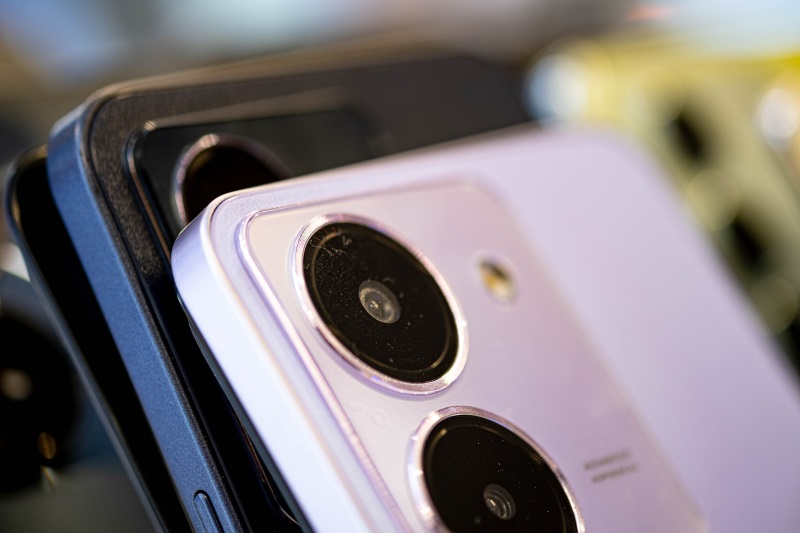
2) Automotive:
- ADAS (Advanced Driver Assistance Systems): A-PHY supports 15-meter long-distance transmission for ADAS cameras, enabling features like 360° perception in vehicles like the Tesla Model 3.
- In-Cabin Monitoring: CSI-2 transmits 8K video streams to domain controllers for autonomous driving decisions.

3) Industrial IoT:
- 5G RF Front-End Control: RFFE manages multi-band switching in 5G base stations.
- Robotics: SoundWire ensures low-latency audio transmission for human-machine interaction in industrial settings.

3. MIPI I3C: The Evolution of I2C
I3C (Improved Inter Integrated Circuit), developed by the MIPI Alliance as an upgrade to I2C, offers core features:
- High-Speed Transmission: Supports 5Mbpsin SDR mode (12x faster than I2C) and 30Mbps in HDR mode.
- Low-Power Design: Suitable for battery-powered devices(e.g., wearables).
- In-Band Interrupts: Eliminates need for extra pins, reducing device complexity.
- Dynamic Addressing: Automatically assigns addresses and supports hot plugging.
- I2C Compatibility: Seamlessly integrates traditional I2C devices.
Applications Scenarios:
1) Sensor Networks: Connects environmental sensors in smartphones and vehicles.
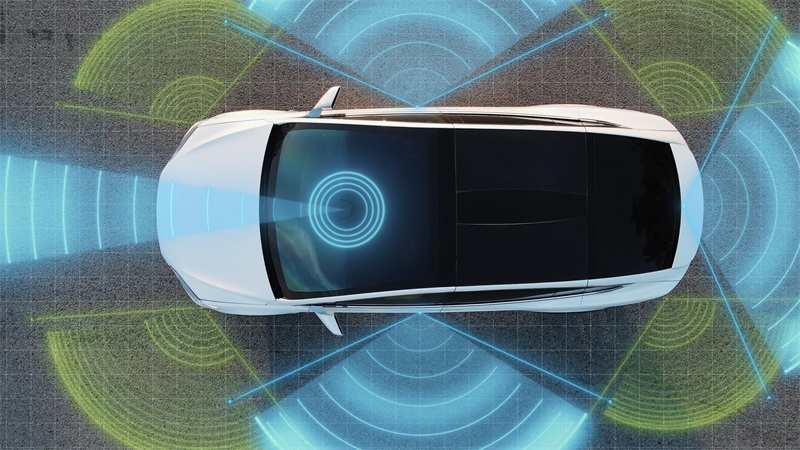
2) Storage Management: Manages SSD firmware updatesand power monitoring (e.g., DDR5 SPD configuration via I3C).
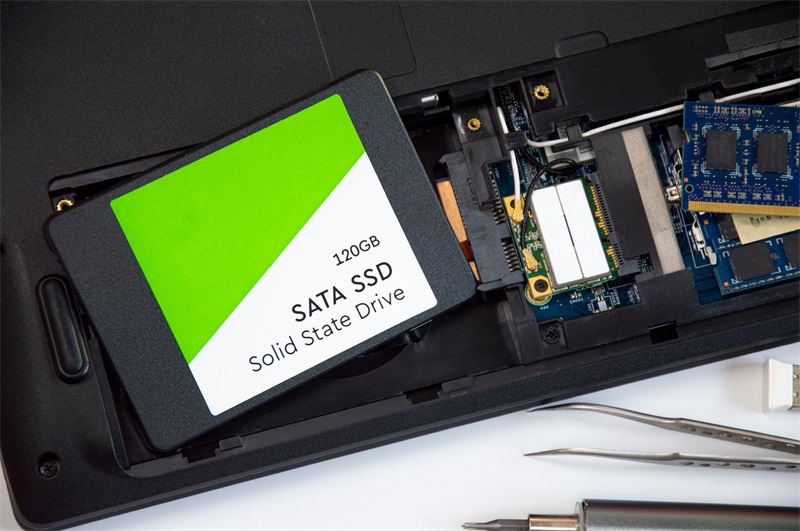
3) Industrial Control: Enables real-time communication between PLCs and actuators.
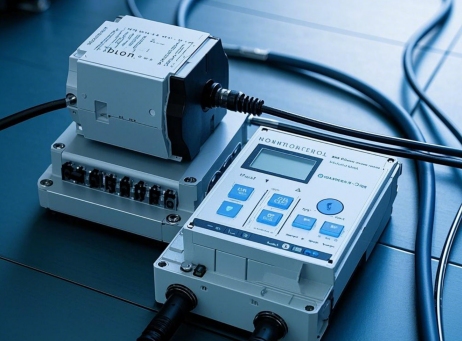
4. Core Challenges in MIPI Testing
Testing MIPI interfaces poses several challenges:
- Signal Integrity: Issues such as attenuation, crosstalk, and jitter in high-speed transmission.
- Protocol Compatibility: Ensuring seamless communication between devices from different vendors.
- Environmental Stress: Testing under extreme temperatures and humidity, voltage fluctuations, and electromagnetic interference (EMI).
- Mass Production Efficiency: Multi-station parallel testing and data traceability.
5. Smartgiant’s MIPI Testing Solutions
|
Product Series |
Core Functions |
Technical Specifications |
Application Scenarios |
|
Dual-channel MIPI-RFFE control with GPIO expansion and real-time monitoring |
Main SoC: Xilinx XC7Z007S-2CLG400I |
5G RF front-end testing, automotive radar control |
|
|
Multi-protocol testing, power management, and signal analysis |
Supports C-PHY 5Gbps/trio, D-PHY 2.5Gbps/lane |
Camera/display module mass production testing, industrial sensor validation |
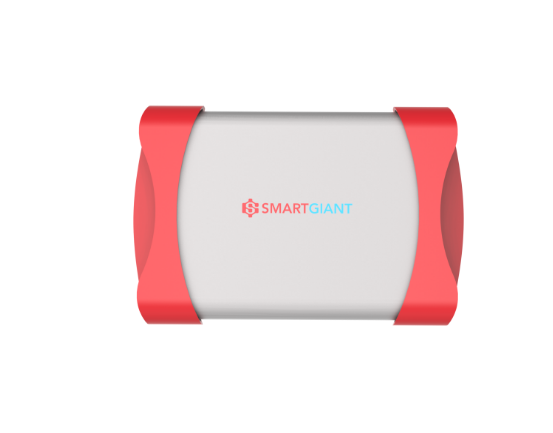
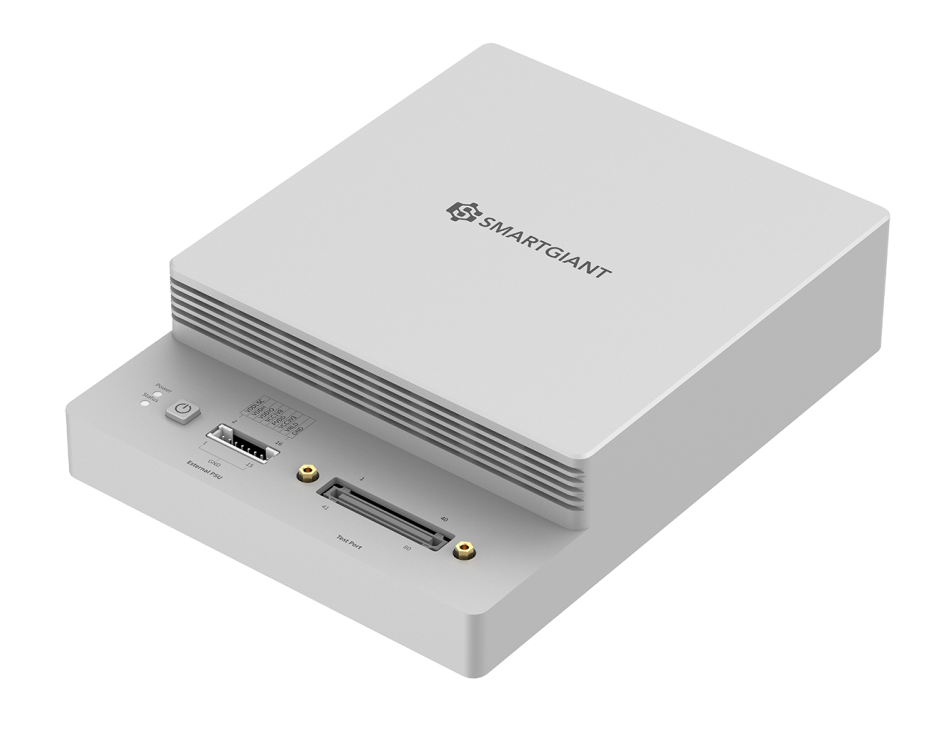
6. Real-World Impact of Smartgiant’s MIPI Testing Equipment Solutions
Case 1: 5G RF Front-End Calibration (SG2674)
- Solution: Automatically configures PA bias voltage and LNA gain via register programming, optimizing insertion loss (IL<0.5dB) and VSWR (VSWR<1.2)using a network analyzer.
- Result:Achieved 40% faster calibration and a 98% yield for a leading telecom OEM, enhancing 5G network performance.
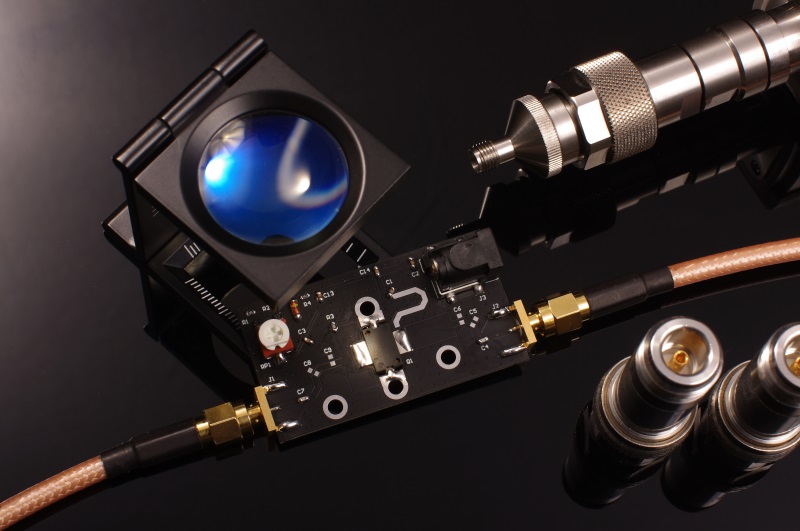
Case 2: Automotive Camera Module Testing (SG2174-2)
- Solution: Simulates -40°C~85°C temperature cycles to test CSI-2 interface performance, achieving <0.1% frame loss rate and <5ns timing deviation in 8K video transmission.
- Result: Reduced camera module failure rate from 5% to 0.3% for a new energy vehicle manufacturer, improving autonomous driving reliability.
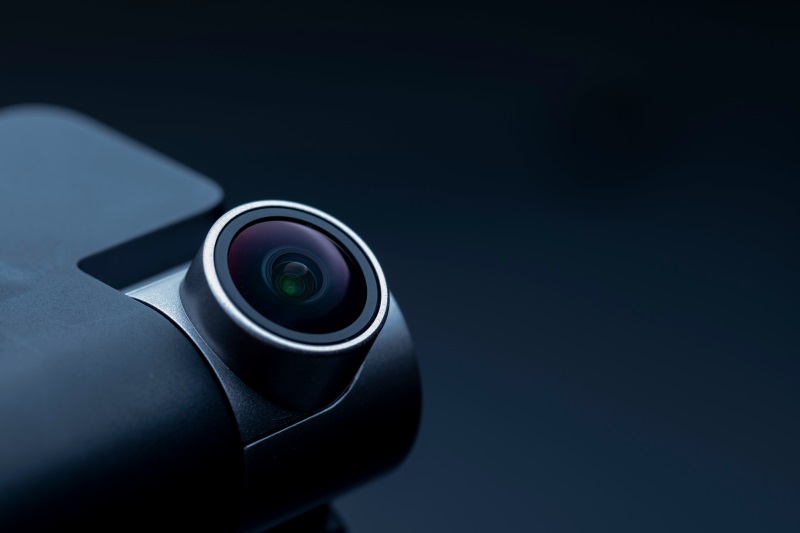
Case 3: ADAS Sensor Fusion (SG2674+SG2174-2)
- Latency: Verified <100ms for radar-camera data fusion, ensuring real-time decision-making in ADAS systems.
7. Technical Advantages and Industry Value
- End-to-EndProtocol Coverage: SG2174-2 is compatible with multiple protocols including C-PHY, D-PHY, and I3C. SG2674 specializes in RFFE control, offering a complementary solution for a wide range of testing needs.
- High-Accuracy Testing: The SG2174-2 supports real-time analysis of 8K@60fps video streams and provides power management accuracy of ±2mV, catering to the testing demands of premium camera modules.
- Environmental Simulation: The SG2174-2 features an 8-channel programmable power supply (including -24V negative voltage), and the SG2674 offers GPIO expansion, enabling reliability validation under complex working conditions.
- Customization Support: SG2674’s Xilinx Zynq platform allows custom protocol development for niche requirements.
Smartgiant’s SG2674 and SG2174-2 redefine MIPI testing for automotive, 5G, and IoT industries. With precision, scalability, and environmental resilience, they empower manufacturers to deliver smarter, faster, and more reliable devices. Whether you’re optimizing smartphone cameras or enhancing autonomous vehicle systems, Smartgiant’s solutions are the key to unlocking the full potential of MIPI technology.
For more information: SG2674 MIPI-RFFE Controller | SG2174-2 MIPI Tester
Contact Us
Smartgiant Technology 1800 Wyatt Dr, Unit 3, Santa Clara, CA 95054.
Email: info@smartgiant.com

Contact Us
Smartgiant Technology 1800 Wyatt Dr, Unit 3, Santa Clara, CA 95054.
Email: info@smartgiant.com



